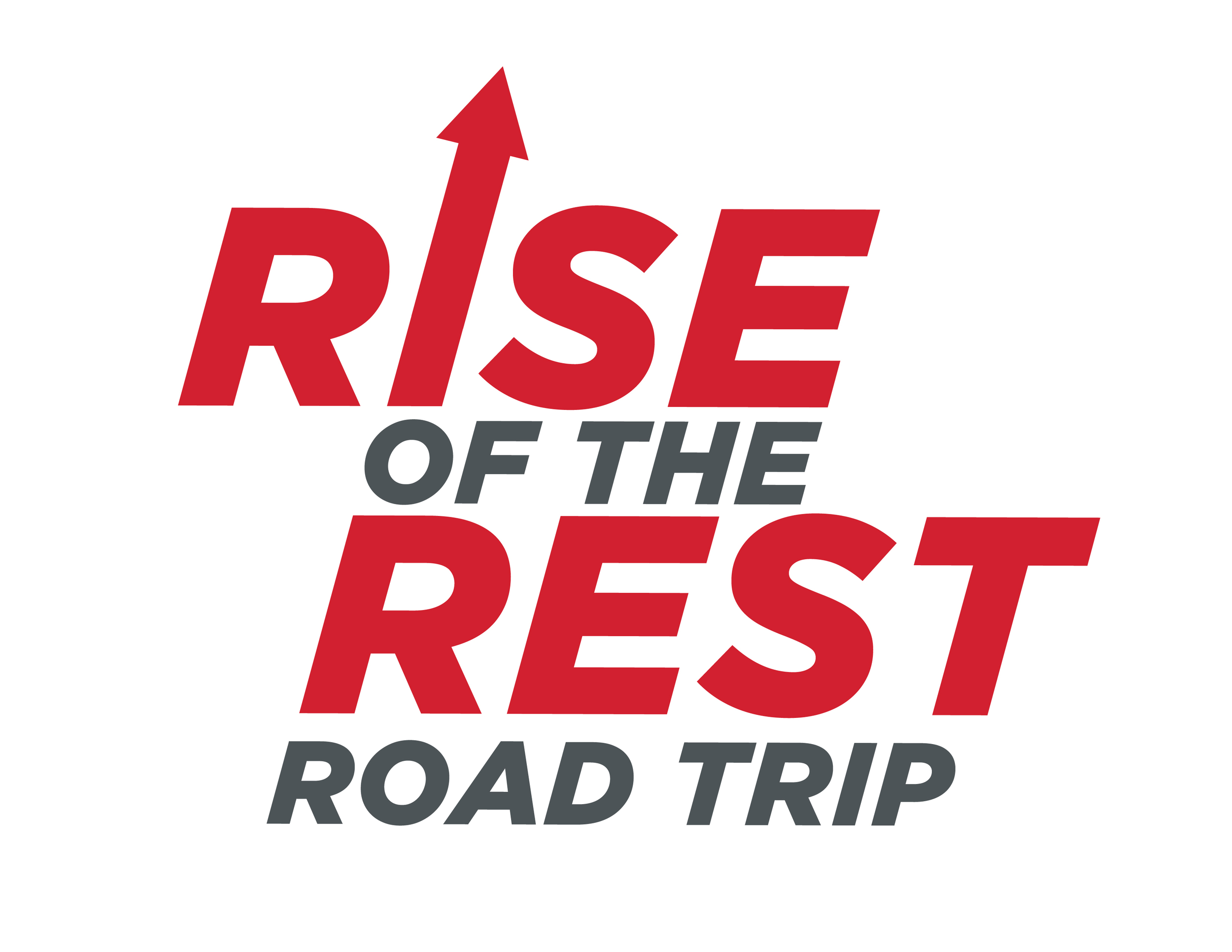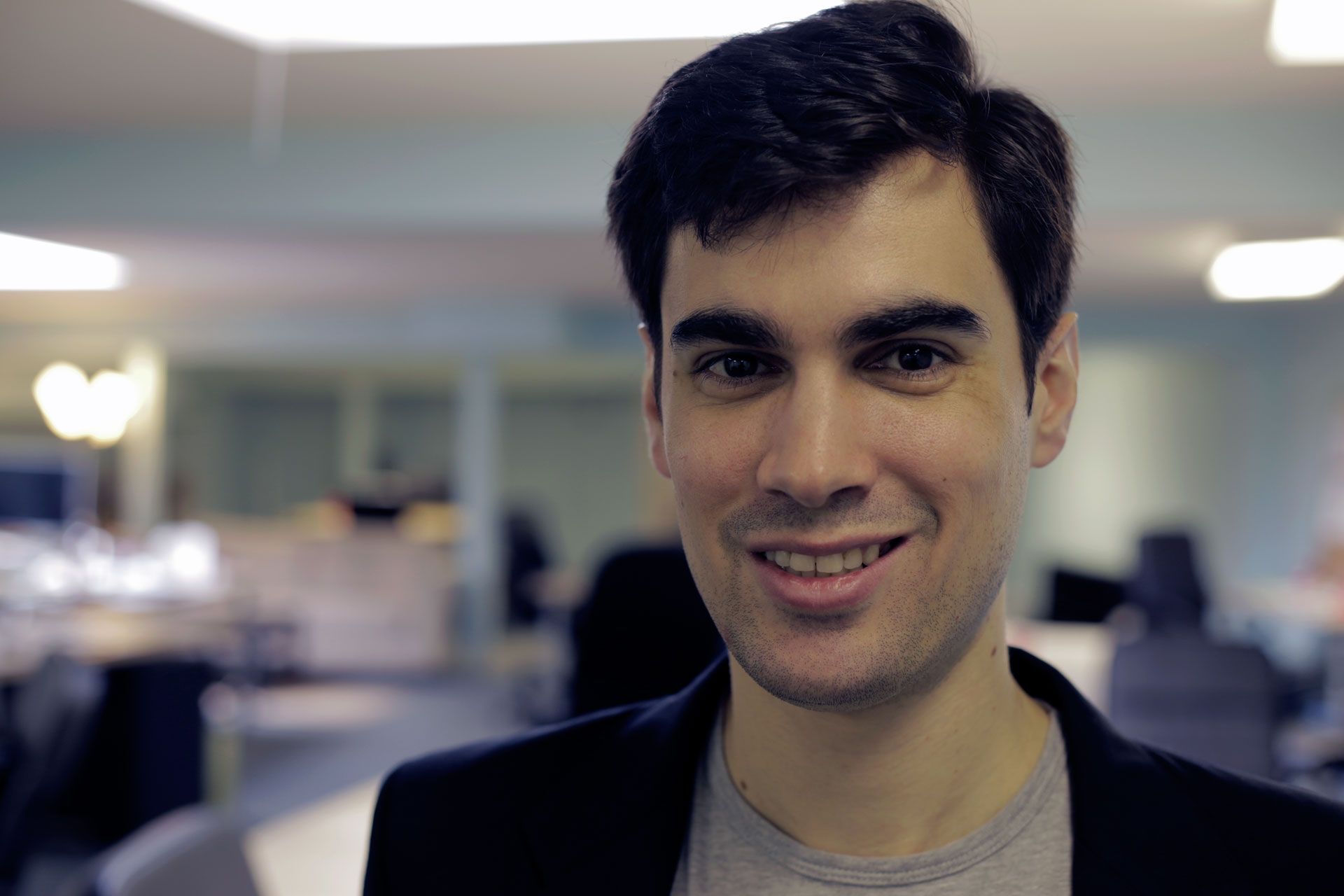Much like Detroit, Pittsburgh is an historic industrial city. And like Detroit again, when American manufacturing went into decline, so did the steel city. But Pittsburgh also has a long history as a center of advanced learning; with over fifty major university research departments in the city, focusing on topics from Information Technology to Life Sciences, Robotics, and Physics, the steel city’s new economy is being powered by academic research, and advanced manufacturing.
Despite these assets that prepare this city to be a leader in the next wave of technological innovation, Pittsburgh’s humility makes its people charming but can be one of its economy’s worst enemies. The story of what’s happening here is just not getting out.
Luckily, some success speaks for itself. Carnegie Mellon University spins out the most businesses per research dollar spent than any other university in the country; thirty companies have been started by faculty and students this year alone. Alongside the University of Pittsburgh, and others, the wealth of knowledge here -- seasoned academics, professionals, and young graduates -- provides the expertise to support the youth startup revolution spreading across the country. Pittsburgh is wisely using what already makes it strong.
At the working spaces we visited, and the pitch competition hosted by AlphaLab, we saw well-developed companies, many of which were involved in making and manufacturing tangible things. Pittsburgh’s tech scene is not about software. Positioning itself apart from Silicon Valley, and not as an imitator, has been Pittsburgh’s strength.
There’s also a human story here. In the midst of their rising success, community members are working hard to make sure that the city’s growth benefits everyone in Pittsburgh.
We met Urban Innovation21, an unparalleled public-private partnership that supports entrepreneurial growth, while also connecting that growth to underserved communities. It’s exciting and inspiring to see the innovation economy being used to revitalize deprived and underrepresented constituencies.
We also visited StartUptown, an incubator space that is helping Uptown grow from an historically disadvantaged neighborhood to an area known for its community and entrepreneurial culture. By thinking about how growth affects the broader community, and actually using the new economy to make the city better, StartUptown is a crucial piece of Pittsburgh’s future.
If Pittsburgh can tell the story of what’s being built here, it can only help accelerate their growth. And if Pittsburgh can tell the story of how they are using their talents to make their city better for everyone, they might just be able to redefine people’s perceptions of what “tech” means, and what it’s capable of doing.















